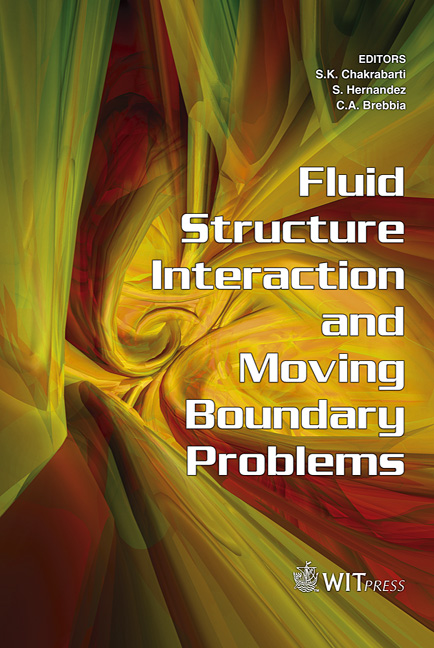Analysis Of Blast Loaded Structures By Numerical Simulation
Price
Free (open access)
Transaction
Volume
84
Pages
10
Published
2005
Size
1,397 kb
Paper DOI
10.2495/FSI050391
Copyright
WIT Press
Author(s)
A. Klomfass, G. Heilig & K. Thoma
Abstract
This paper addresses conceptual and numerical aspects regarding the simulation of blast-structure interaction and discusses modelling and software issues. As an example of coupled codes we present our in-house developed codes APOLLO (CFD) and SOPHIA (CSD), which are equipped with MpCCI software interfaces. The paper is concluded with the presentation of three representative applications, which are a basic shock tube experiment, tests conducted with a container-like structure in the Large Blast Simulator LBS 501 and model scale experiments of underwater shock propagation in ducts. Keywords: blast loading, fluid-structure interaction, coupled simulation, underwater explosion, coupling methods, ALE, overset grids. 1 Introduction The interaction of a blast wave with an object consists of the initial refraction of the wave front and the subsequent transient flow about the object. The stresses excerted on the object during these phases lead to a structural response, which in general consists of induced stress waves and vibrations, structural deformation and potentially failure (elastic-plastic response), acquired velocity and displacement (rigid body motion). The terminology interaction refers to an inter-dependency of loading and response. Such can exist in both phases of the process: the refraction and transmission of the incident wave front is affected by the impedance ratio between ambient medium and loaded object, the transient flow phase can be affected by changes in shape or displacement of the object. Estimates concerning
Keywords
blast loading, fluid-structure interaction, coupled simulation, underwater explosion, coupling methods, ALE, overset grids.





